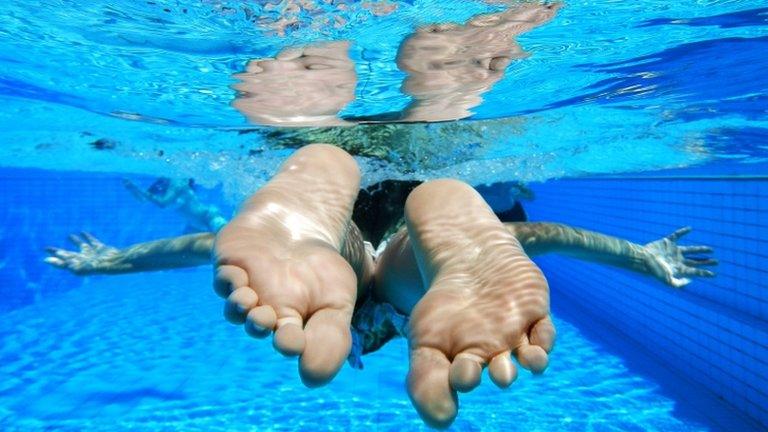Inverness swimming pool land still derelict 20 years on
- Published
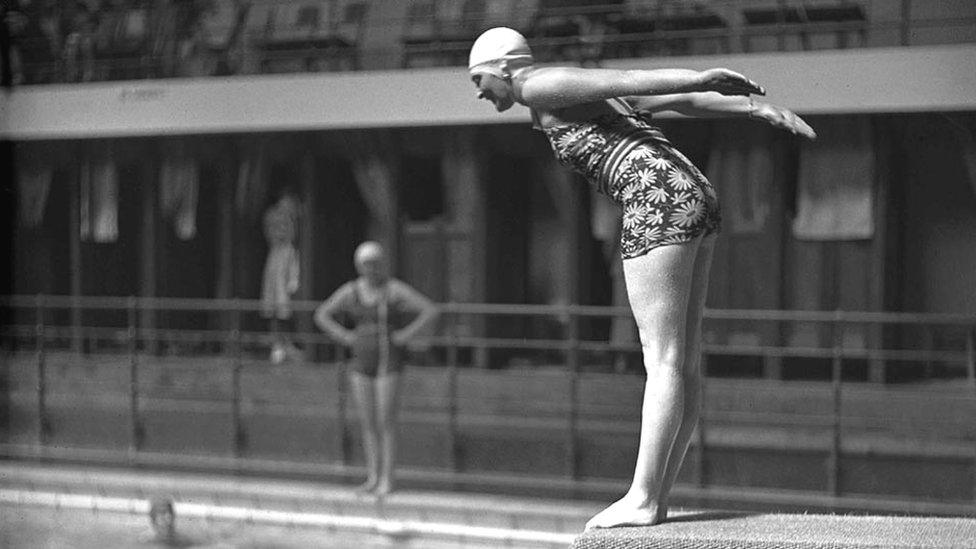
Glebe Street Swimming Pool served the people of Inverness for many decades
Twenty years since Glebe Street Swimming Pool in Inverness closed down, the land it stood on next to the River Ness is still derelict and boarded off.
The pool closed after the modern Aquadome sports complex was built at Bught Park.
Numerous plans have been mooted for the site over the last two decades.
This week, the latest of these - a proposed 175-bedroom hotel development - will be considered by Highland councillors.
Although a physical void has been left by the demolition of the 1930s building, the baths are still fondly remembered by many Highlanders.
Generations of Invernessians learned to swim there, and it was a focal point in the weekly routines and social lives of many people.

The pool was popular with children

Local musician Liza Mulholland vividly recalls her childhood visits.
"One of my strongest memories is of walking in the imposing entrance because as soon as you went in suddenly you were hit with the noise," she said.
"It is a very echoey place so all the shrieks and shouts and laughter and typical noises of a swimming pool just hit you as soon walked in the door, along with the strong chlorine smell. There was quite a heavy turnstile, like at a football ground, that made a nice click noise."
'Hoaching with kids'
She admitted it was quite an old-fashioned place.
"The cubicles were along either side of the pool, female on one side, male on the other. They had kind of half saloon doors and you could see feet at the bottom and heads at the top.
"When I was growing up in Inverness in the late 60s and early 70s I suppose there weren't really that many things to do so the swimming baths very much occupied a big place in the lives of children at the time.
"My abiding memory is walking into town with my two older sisters, unaccompanied, on a Saturday. I'd have been about seven or eight at the time. We loved our trip to the baths. It was very exciting. Hoaching with kids.
"I do remember having one near-drowning incident in the baths. I'd swum out of my depth and I went under. I was pulled back up by someone. I got such a fright."
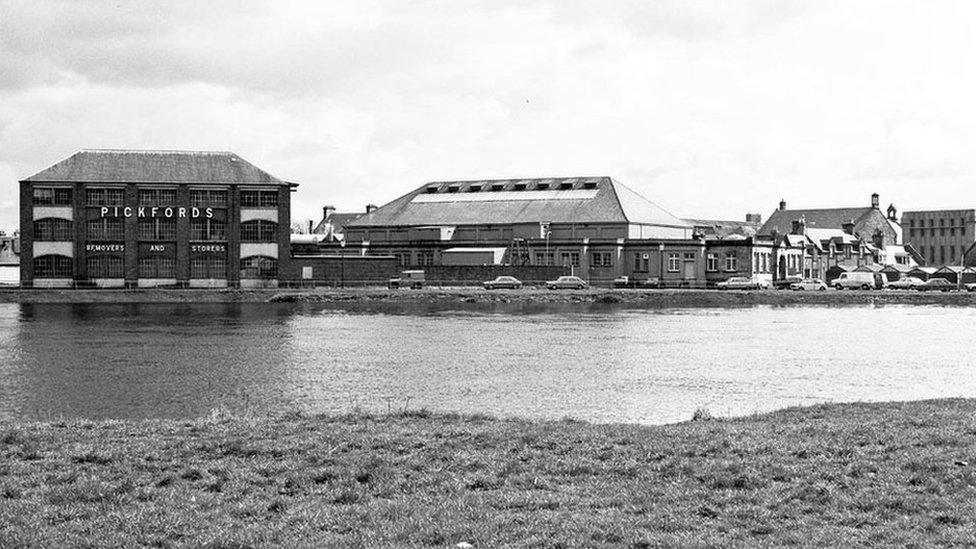
The site is on the River Ness
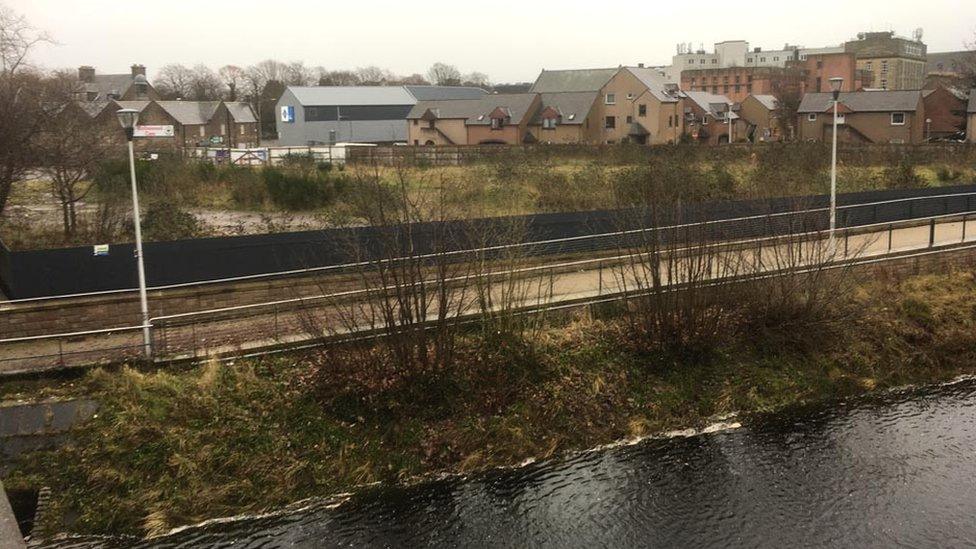
The site is derelict, two decades on
Local firefighter Ross Nixon also remembers the original baths before they were modernised in the 1980s.
"It was almost like a white palace. I remember being almost in awe at the size of the building," he said.
"Probably on reflection it was quite small but it seemed like a huge palace with all the white tiling and high arched roof. I didn't particularly like swimming but we had a really enjoyable time going there.
"I vividly recall the smell of the chlorine and the saloon doors up and down either side. When you came up the steps you put your clothes in a basket and gave it to the pool attendant.
"There were lots of rules - I remember the signs said no running, no bombing, no petting."
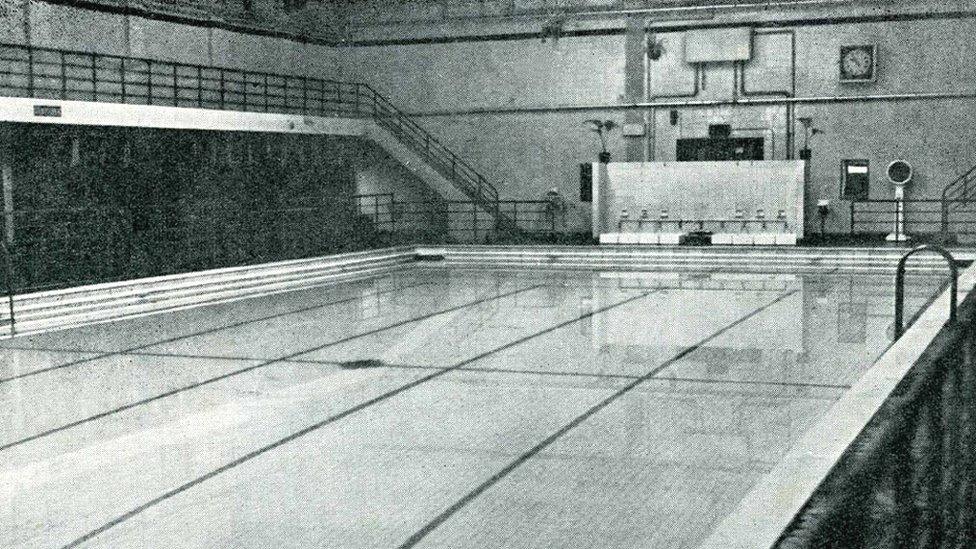
Large amounts of Sheila MacDonald's childhood was spent at the baths.
It is where she learned to swim and she later joined a swimming club, and attended galas and water polo matches there.
She said: "The swimming pool opened the 1st of July 1936, five days before I was born. I started going to the swimming pool when I was about four and a half or five years old. No parents with us, I just went with friends. And I was never out of the swimming baths."
Finger wrinkle test
She remembers the pool attendants struggling, often in vain, to make sure youngsters did not stay in the water for longer than they were supposed to.
They applied a finger test, examining the extent of wrinkles on children's fingers to see if they had been in the water for too long.
But Sheila remembers that this was not the end of the story.
"We'd go into the showers and they'd shout at us again to get out. So we'd go and hide in the toilets and stand on top of the seats and they'd spray the cold hoses in to get us out. And then afterwards we'd just go back into the pool. And when they saw us we'd get shouted at again. Repeat offenders could get black-marked by the attendants and then you wouldn't get back in for a week."


As well as the 100ft-long swimming pool, there were 15 private baths at Glebe Street, which you could hire if you did not have good washing facilities at home.
A special foam bath was touted as one of the finest treatments for rheumatism and obesity. According to the swimming pool's handbook, "a patient can lose two or three pounds in weight at a time."
As a young adult, Sheila got a job cleaning these baths to help pay for her first car. Later still she worked at the Aqua Bar cafe at the baths, which she remembers as being "hard work but fun."
'Pity it was lost'
Retired GP Dr Ian Gordon was formerly the chief medical officer for the British Olympic swimming team. He has had a lifelong interest in the history of the country's swimming pools.
He said: "These civic amenities were of great pride to the local people. Invariably there would be a huge procession when the baths were officially opened. A local dignitary would make a speech and they'd often use words something like 'cleanliness is second to godliness'.
"And this was the prime motive behind the actual provision of what was initially a public wash house. But the swimming pool gradually superseded the baths particularly as we move into the 20th Century.
"There was quite a proliferation of new swimming pool buildings in the 1930s to encourage people to swim for health and fitness. Towns almost competed with each other."
He added: "A lot have been lost but there are still quite a few left. I live in Bournemouth and we have a 1930s pool that is still going strong. It's a much-loved facility by the local people.
"The Inverness baths were housed in quite a nice light classic 1930s building with fairly straight lines. And to my mind it is just a pity it was lost. It would have been a lot better to have kept the building and even put it to other use rather than have a longstanding eyesore derelict site."
- Published19 January 2016
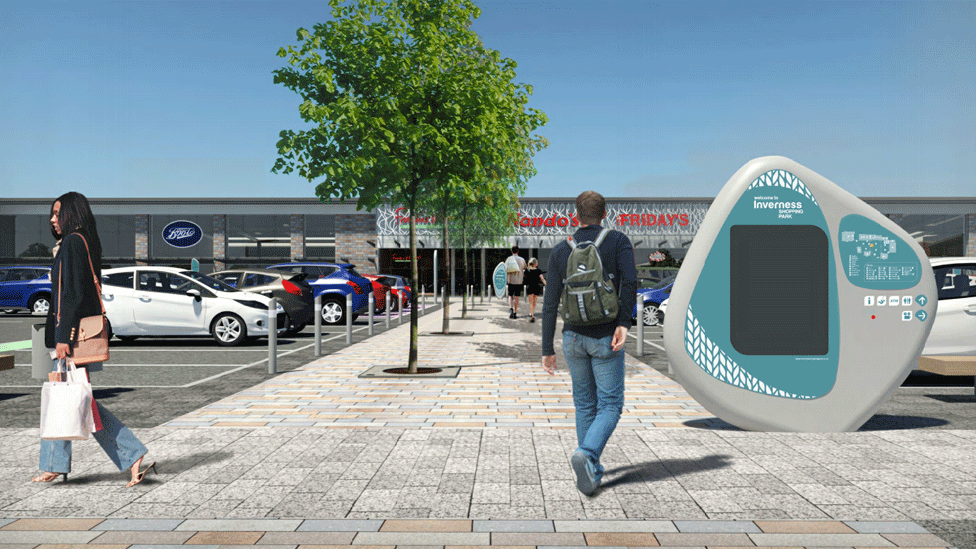
- Published15 January 2014
